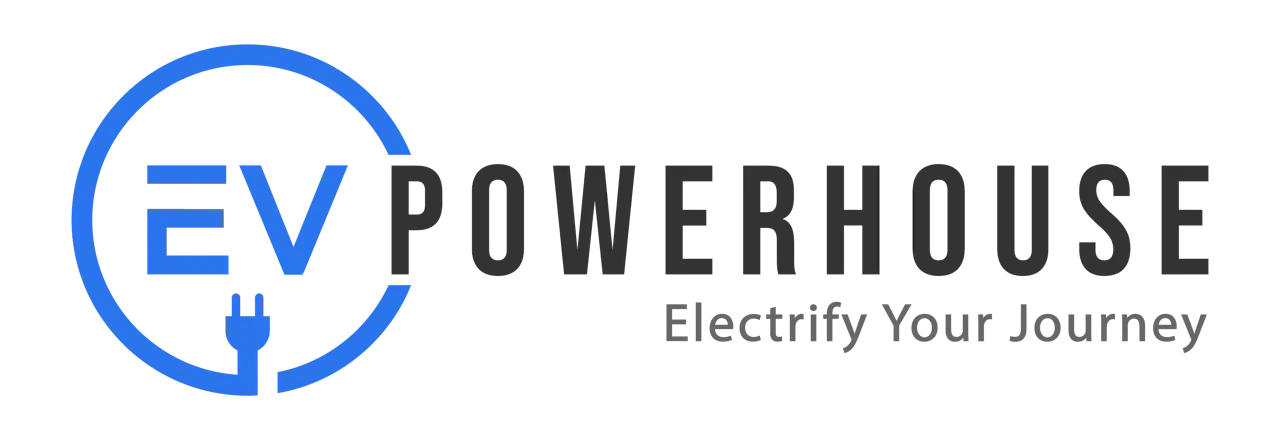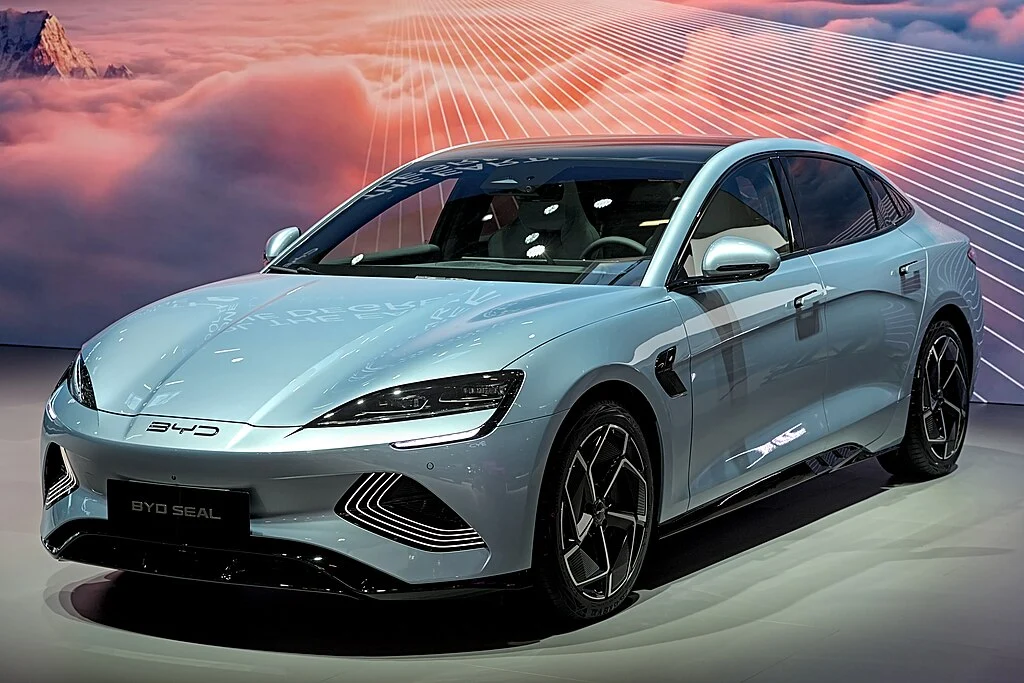Just purchase a BYD Seal? Let’s delve into the details of charging this sleek and artistically designed all-electric sedan, in Australia. The BYD Seal, part of the “Ocean Series,” is a direct competitor to the Tesla Model 3, available in three variants: Seal Dynamic, Seal Premium, and Seal Performance. While these models differ in their technical specifications – battery size, range, and features, charging them follows the same principle and routine. In this guide, we’ll explore the various ways to charge your BYD Seal—whether at home or in a public space, along with charger recommendations, common mistakes to avoid, best practices, and more. Let’s dive in!
Key Specifications
The table below highlights the key specs you should consider, as these will influence how you charge your BYD Seal.
| Dynamic | Premium/Performance | |
|---|---|---|
| Useable Battery Size | 61.44 kWh | 82.56 kWh |
| Range(WLTP) | 460 KM | 570 KM/520 KM |
| AC Charging Power | 7kW | 7kW |
| DC Charging Power | 110kW | 150kW |
| Efficiency(per 100KM) | 13.4 kWh | 14.5 kWh |
Table 1.0*
Understanding BYD Seal Charging Configurations
AC Charging Port
The BYD Seal’s charging port is located at the top right, rear side of the vehicle. All models come equipped with a standard Type 2 charging port for AC (Alternating Current) charging, which can accept up to 7kW of power. This limitation is due to the onboard charger (OBC) controller, which restricts the AC charging speed to 7kW to protect the battery’s lifespan. Therefore, regardless of the power output from the charging point (even if it’s 22kW), the Seal will only draw a maximum of 7kW.
DC Charging Port
For a rapid charging experience, the BYD Seal is equipped with a CCS2 charging port for DC (Direct Current) charging, which bypasses the onboard charger (OBC) for significantly faster charging compared to AC. The Seal Dynamic can accept up to 110 kW, while the Seal Premium and Seal Performance models can take up to 150kW of power input.
Often EV users question why a 250kW supercharger will only omit a certain capped rate of charging power to the EV rather than the full rate of 250kW, the reason is that even though DC charging bypasses the OBC, it must pass through the Battery Management System (BMS). The BMS is responsible for managing the inflow of DC power and protecting the EV battery. It monitors and restricts the charging power based on the vehicle’s set limitations, ensuring safe and efficient charging.
Types of Chargers & Charging Speed for BYD Seal
Having discussed the charging ports on the BYD Seal, let’s explore the different types of EV chargers available:
Level 1 EV Chargers
These chargers are usually provided with the vehicle and feature a Type 2 plug. They can be connected to a standard 10-amp or 15-amp power socket and are designed to be portable. With a typical output ranging from 2.3 kW to 3.4 kW, these chargers can take a considerable amount of time to fully charge your BYD Seal through the Type 2 AC charging port. Due to their slower charging speeds, 10-amp chargers are commonly known as “Granny” or “Trickle” chargers, while 15-amp versions are referred to as portable EV chargers. Although they are compatible with all BYD Seal models, the slower charging rate is a notable drawback. For more details on the pros and cons of these chargers, check out this blog post.
Below is a reference table outlining the charging time it takes to charge the BYD Seal models from 0% to 100% using a Level 1 charger.
| Dynamic | Premium/Performance | |
|---|---|---|
| Time to charge(0%-100%) | 26hrs 41mins | 35hrs 54mins |
| Charging Rate | 18km/hour | 16km/hour |
Table 1.1*
| Dynamic | Premium/Performance | |
|---|---|---|
| Time to charge(0%-100%) | 18hrs 4mins | 24hrs 16mins |
| Charging Rate | 25km/hour | 23km/hour |
Table 1.2*
Level 2 EV Chargers
These chargers are sustainable and battery-friendly, widely adopted for home charging. They typically feature a Type2 plug and are wall-mounted. Offering faster charging than Level 1 chargers, their power output ranges from 7kW to 22kW via the BYD Seal Type2 AC charging port. They are commonly referred to as EV home chargers, smart EV chargers, or home charging stations. When choosing a Level 2 charger, you can opt for a smart unit (which can be controlled via a mobile app) or basic units, which are less expensive but lack remote control features.
An important factor to note is that Level 2 EV chargers require installation by a licensed electrician in Australia. It’s also crucial to ensure compliance with state-level rules and regulations during the installation process. Although the BYD Seal has a maximum AC charging speed of 7kW, plugging it into a 22kW Level 2 charger will still only allow a maximum input of 7kW. In Australia, Level 2 chargers are available in two power ratings: 7kW (Single Phase) and 22kW (Three Phase).
Below is a reference table outlining the charging time it takes to charge the BYD Seal models from 0% to 100% using a Level 2 charger.
| Dynamic | Premium/Performance | |
|---|---|---|
| Time to charge(0%-100%) | 8hrs 42mins | 11hrs 42mins |
| Charging Rate | 54km/hour | 50km/hour |
Table 1.3.1*
| Dynamic | Premium/Performance | |
|---|---|---|
| Time to charge(0%-100%) | 8hrs 42mins | 11hrs 42mins |
| Charging Rate | 54km/hour | 50km/hour |
Table 1.3.2*
Level 3 EV Chargers
These ultra-fast EV chargers deliver charging rates ranging from 30 kW to 350 kW. Typically large and heavy, these DC-powered stations are primarily used for commercial and public purposes. They provide DC power directly to your BYD Seal, enabling rapid charging when compared to Level 1 and even Level 2 chargers. Most providers require a membership or a pay-as-you-charge service, sometimes it is free to access these chargers. The charging sessions can often be monitored via a built-in screen at the charging station or through a mobile app if access is provided by the provider or manufacturer.
In Australia, various providers operate these stations, including the Tesla Superchargers network. The chargers come with different plug configurations, with the CCS 2 plug being the most common and well-suited for high-speed charging of any BYD Seal. Before using these chargers, ensure they have the correct plug type and are in good working condition; the PlugShare app can help verify this. For details on DC charging speeds specific to BYD Seal models, refer to the table below.
* Please note, in customising the below table we have used the 150 kW charging stations with an average charging power of 100 kW to estimate DC charging times for the BYD Seal.
| Dynamic | Premium/Performance | |
|---|---|---|
| Time to charge(0%-100%) | 36mins | 49mins |
| Charging Rate(100kW on average) | 476km/hour | 546km/hour |
Table 1.4*
*Please note that the above calculations were performed using the EV Charging Time and Range Calculator. These results are averages and may vary due to factors such as weather conditions, charging habits, heat loss, terrain, and more. **For DC charging, while Table 1.3 shows that 150 kW stations technically deliver their rated power, the BYD Seal’s charging rate is regulated by the Battery Management System (BMS). As a result, you can typically expect an average charging rate of around 100 kW from 150 kW DC charging stations.
BYD Seal Charging Cost
The cost to charge your BYD Seal in Australia depends on the electricity rate. Public rapid EV charging stations can be more expensive compared to charging at home. By charging your BYD Seal at home, you can save significantly, especially if you use off-peak rates or harness solar power. Below, you’ll find an average estimate of charging costs to fully charge a BYD Seal from 0% to 100%, based on a flat average electricity rate of 27 cents/kWh for home charging and 60 cents/kWh for public charging.
| Dynamic | Premium/Performance | |
|---|---|---|
| At Home(27c/kWh) | $18.24 | $24.52 |
| At Public(60c/kWh) | $40.52 | $54.49 |
Table 1.4*
*Please note: The electricity rates shown in Table 1.4 are averages and may change in the future. The calculation is done by using Cost to Charge an EV Calculator. Additionally, these rates do not account for any savings from solar energy or off-peak tariffs when charging at home.
Recommendation for BYD Seal charging
For optimal battery health and cost efficiency, it’s recommended to use home charging as your primary method whenever possible. Home charging is not only more convenient and affordable but also gentler on the battery compared to the frequent use of DC fast chargers. While fast chargers are useful for long trips, their high power output can degrade the battery over time, and they are typically more expensive than other options.
When it comes to managing the “State of Charge” (SOC), the BYD Seal offers greater flexibility thanks to its LFP (Lithium Iron Phosphate) batteries and advanced Battery Management System (BMS). Unlike other battery types, which often require keeping the charge between 20%-80%, the BYD Seal’s battery can safely be charged to any level, including 100%. This gives you more freedom in your charging habits without worrying about long-term battery degradation.

